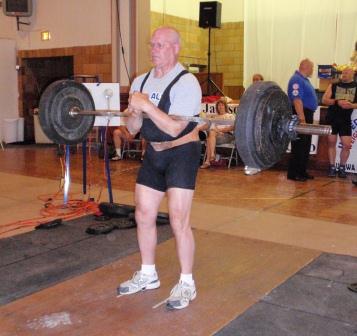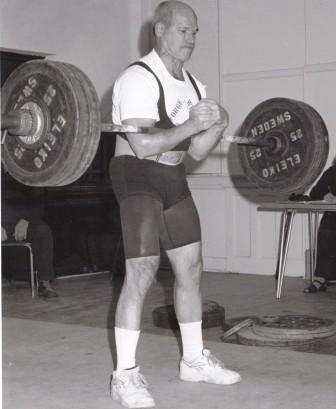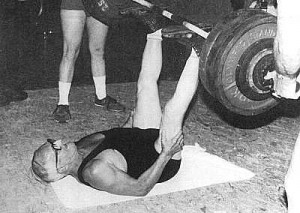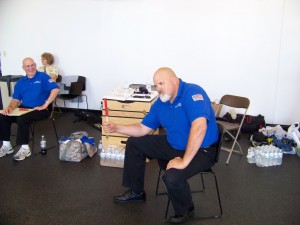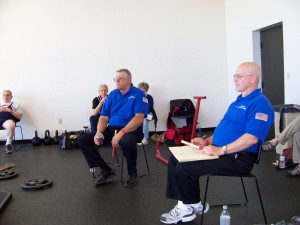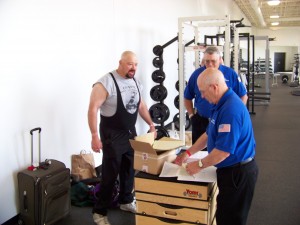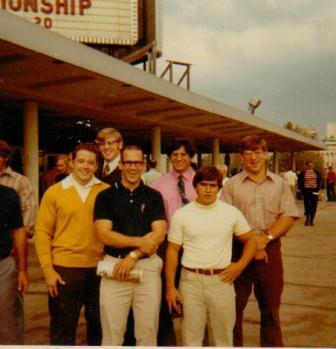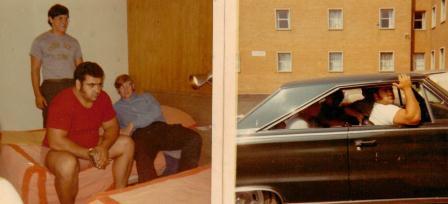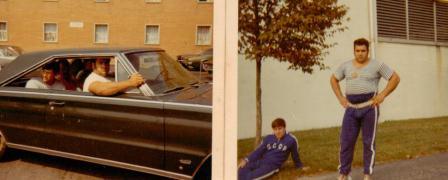Habeckers Gym: Club of the Year
by Al Myers
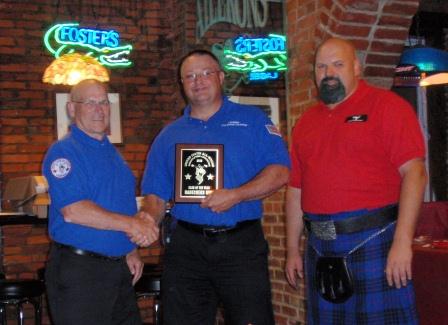
Habeckers Gym won the 2010 USAWA Club of the Year Award. (left to right): Denny Habecker, Al Myers, and Thom Van Vleck.
The only USAWA Award that was preannounced before the awards banquet was the 2010 USAWA Club of the Year. However, I still think a few words should be said about Habeckers Gym, which is the USAWA Club of the Year for 2010. Habeckers Gym is a club ran by our USAWA President Denny Habecker. Points are generated throughout the year for various activities and events that add to a club’s total, with the club gathering the most points declared the Club of the Year. The previous year’s Club of the Year is not eligible, but has the honorable distinction of presenting the award to the new winner. I was honored (the Dino Gym was the 2009 USAWA Club of the Year) to be able to make this presentation to Denny and Habeckers Gym. Our club program has grown considerable this past year with many new clubs involved, thus the competition for this award is getting stronger. I really believe the future success of the USAWA hinges on increased club activity, and Habeckers Gym is the example to follow.
As I said, several factors play into gathering points for a clubs total. Club membership is a big part of it. Each USAWA member that lists on their membership application the club they are part of adds one point to the tally. Habeckers membership during 2010 included these 5 members: Denny Habecker, Judy Habecker, Barry Bryan, Andrew Hess, and Kohl Hess. Points are also accrued for those club members that participate in the big events – Worlds, Nationals, and the Gold Cup. Promoting sanctioned events and competitions also gain points for the award total, and bonus points are earned for putting on big events which the Habeckers did in 2010 with the promotion of the National Championship.
A runner-up Club of the Year Award was also given. Again for the second year in a row, Ambridge VFW BBC was the recipient.
